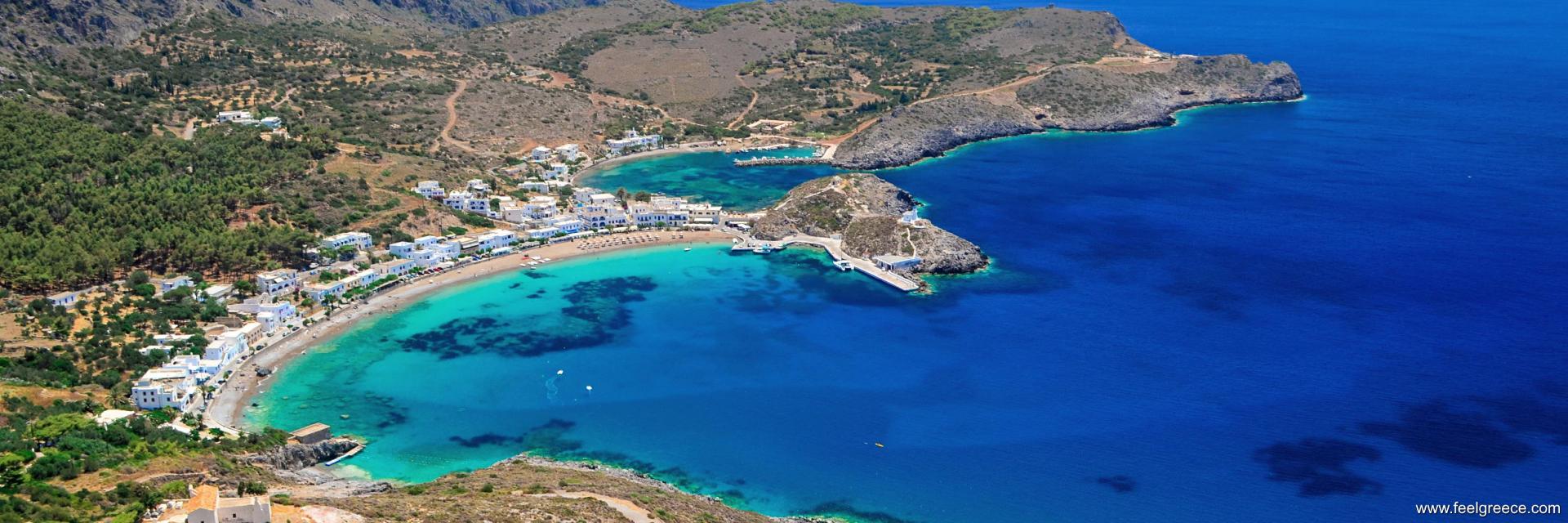
The real number of all Greek islands has always been subject to debates but one thing is certain - they are many. According to different sources, the number of the inhabited islands is between 120 and 127, while the total number reaches more than 6000, including private islands, uninhabited islands and every piece of rock in the sea which may be considered an islet.
With the exclusion of Crete and Evia, most islands in Greece are clustered together into groups according to their location and common characteristics.
How many Greek island groups are there?
There are six island groups in Greece and the representatives of each share some common features in terms of landscape and architecture:
- Cyclades Islands
- Ionian Islands
- Dodecanese Islands
- North Aegean Islands
- Sporades Islands
- Argosaronic Islands
So, how to know what to expect at any of these groups? We will provide a short information for each of them with the most essential things to give you a general concept about the Greek islands.
Cyclades Islands
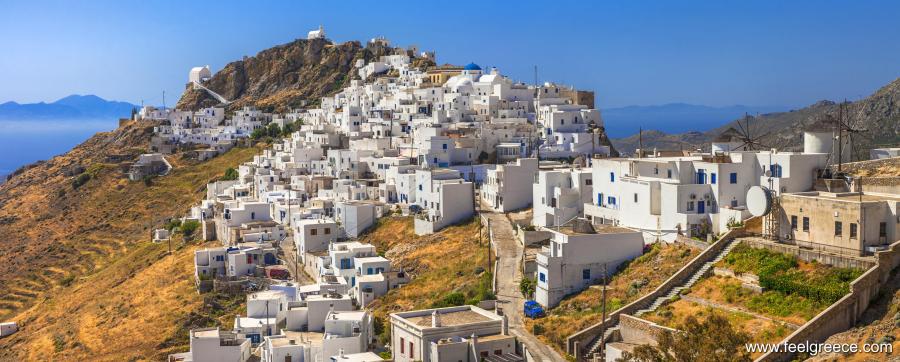
The Cyclades are known for the idyllic white and blue landscape, the photogenic villages with narrow cobbled streets and the blue-domed churches. They are predominantly rocky and dry, with less greenery than the rest Greek islands.
Most popular islands of this group: Santorini, Mykonos, Paros and Milos.
Location: South Aegean sea, east of Athens.
Ionian Islands
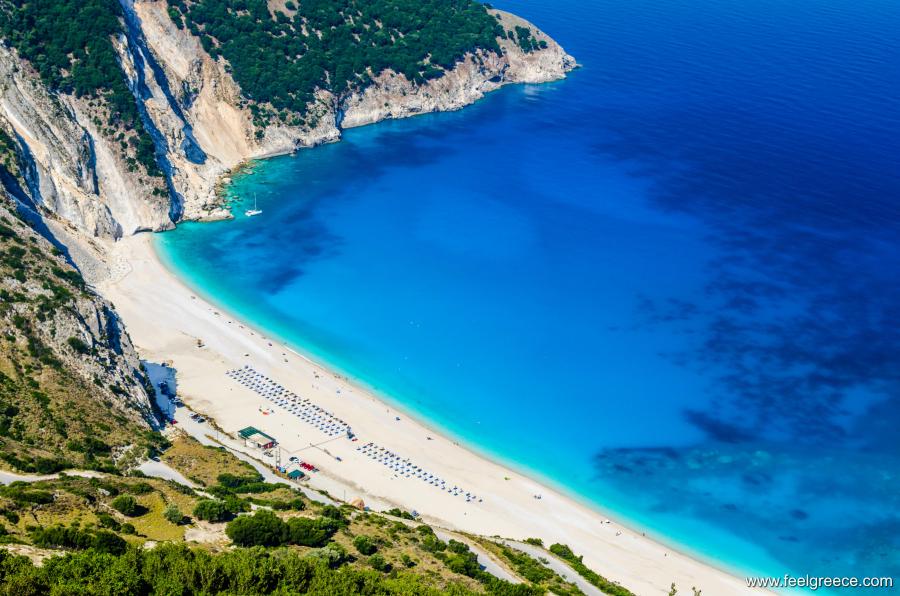
These are green mountainous islands with Venetian-style architecture, plenty of beaches and fascinating coastline with sea caves. The unique Ionian blue color of the sea is typical for the west coasts of some representatives of this group.
Most popular islands of this group: Corfu, Kefalonia, Zakynthos and Lefkada.
Location: Ionian sea, along the west coast of mainland Greece.
Dodecanese Islands
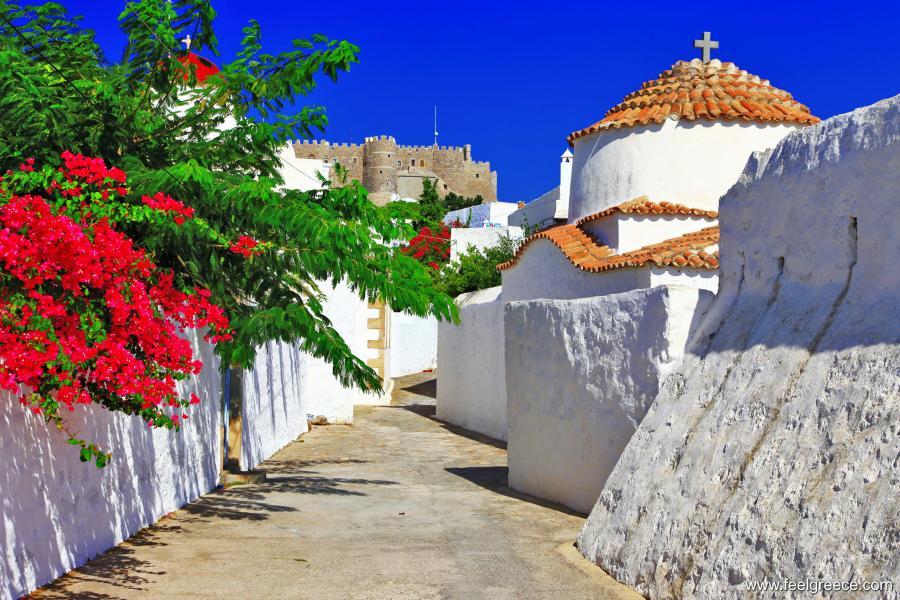
The name of the Dodecanese Islands comes from the Greek word for ”twelve” because the largest of them are 12 in number. The climate and relief are similar to those of the Cyclades but the architecture is mixed.
Most popular islands of this group: Rhodes, Kos and Patmos.
Location: South Aegean sea, close to the south coast of Turkey.
North Aegean Islands
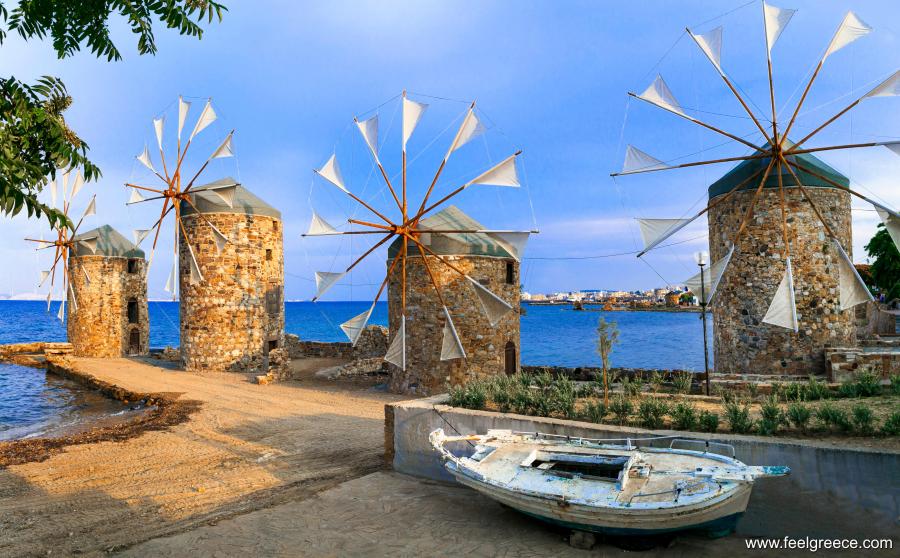
The islands of this group are scattered away from each other. Although relatively large in size, they are less touristy and most of them are suitable for quiet holidays in peak season when everywhere else is crowded.
Most popular islands of the group: Samos, Lesbos and Chios.
Location: North Aegean sea.
Sporades Islands
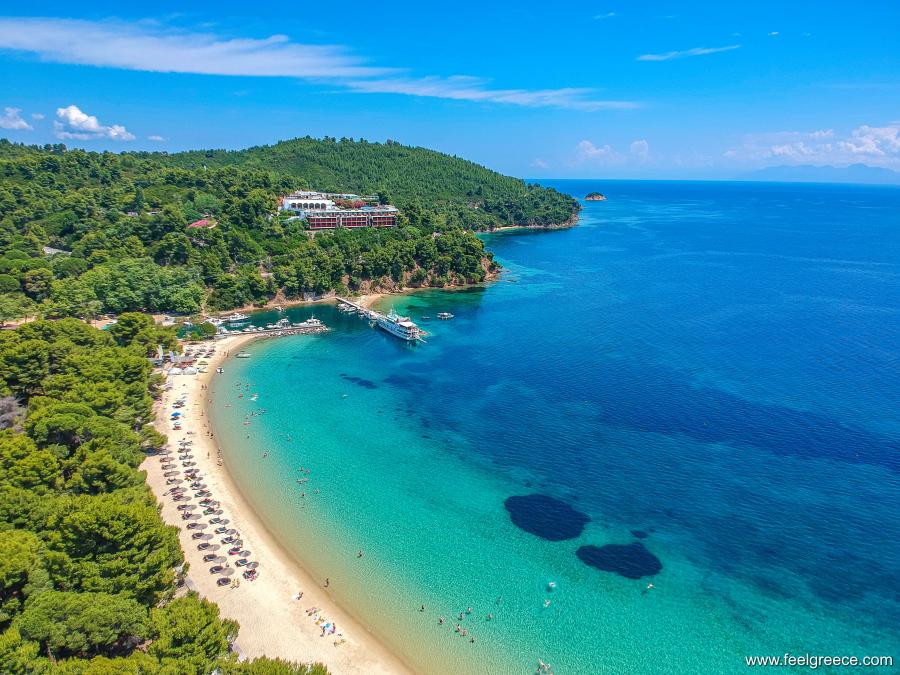
There are just 4 inhabited islands of this group but each of them differs from the rest. The common things they share are the pine forests and the architecture which is a mix between Cycladic and traditional Greek style, but the vibe of each is completely different.
Most popular islands of this group: Skiathos and Skopelos.
Location: Aegean sea, near Volos and the Pelion peninsula.
Argosaronic Islands
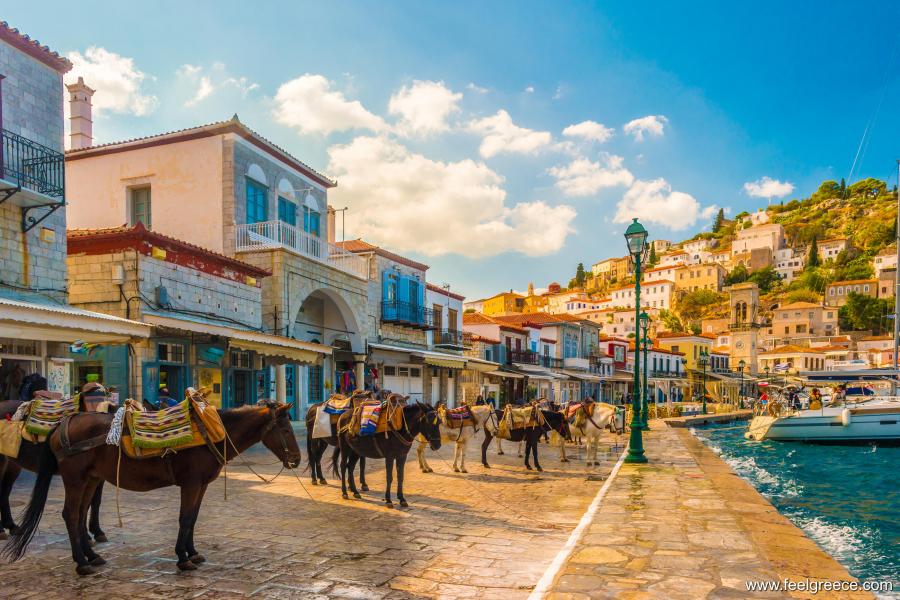
Close to Athens and the northeast coast of Peloponnese, they are the favorite holiday destination of the Athenians. Two of the Argosaronic islands are car-free and all motor vehicles are prohibited.
Most popular islands of this group: Hydra and Spetses.
Location: The Argosaronic gulf, south of Athens.
Common questions related to the Greek islands
The Greek islands differ from each other, even when they belong to one and the same group. Let`s see the which are the most common questions travelers face when they start exploring before to choose an island.
Which are the most popular Greek islands?
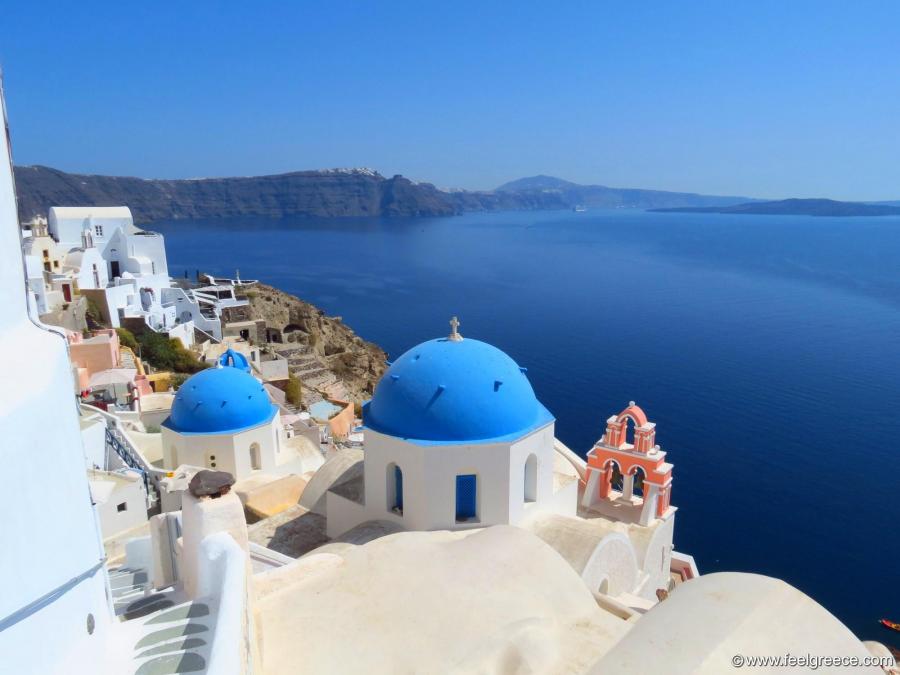
These are Crete, Rhodes, Corfu, Santorini and Mykonos. The first three are most visited because they are large, they have the capacity to take thousands of tourists at the same time and they offer everything that any traveler can think of - beaches, all kinds of hotels, food, history and entertainment. Crete is a place where you can spend a month traveling and still have a lot to discover, and even the most fastidious visitors would find something to like.
Santorini and Mykonos, on the other side, have gained their fame for more specific reasons. The volcanic past of Santorini resulted in the formation of its unique caldera villages and views, and Mykonos is the Greek hub for celebrities, jetsetters and influencers.
Do all Greek islands have airports?
No. Some smaller or less visited islands can be reached only by ferry either from mainland Greece or from a neighbor island with airport. The Argosaronic group is the only group which has no airport on any of its islands but the airport of Athens is close to Piraues, the largest port of Greece.
Are the Greek islands connected to each other by ferries?
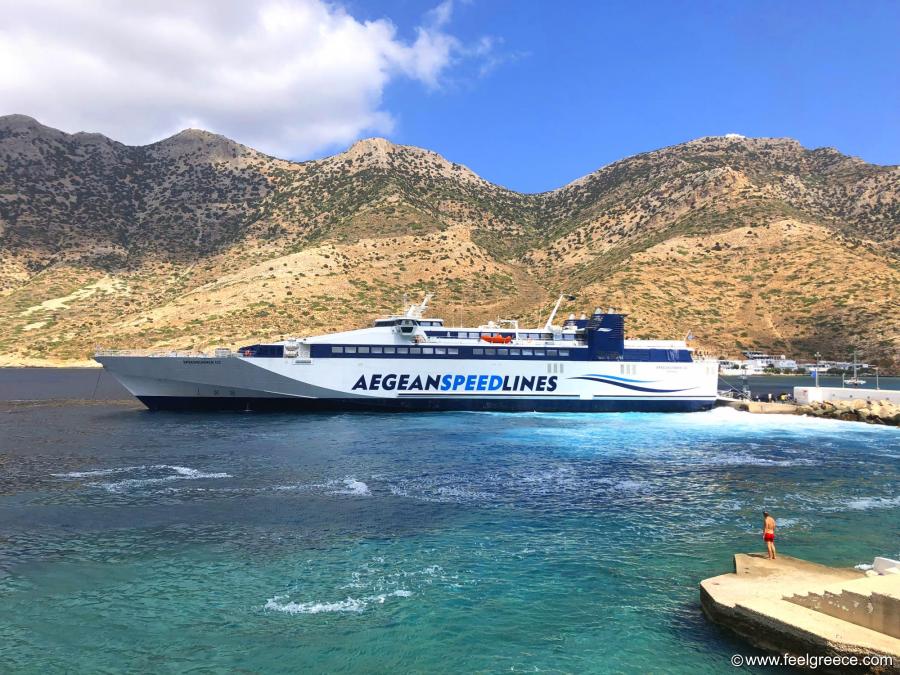
Each group has regular ferry connections between its islands and mainland Greece. Also, some island groups in Aegean sea are connected with other groups located in this part of Greece. For example, some Dodecanese islands are connected with islands of the Cyclades or the North Aegean group.
The groups of the Ionian, Sporades and Argosaronic islands are not connected to other island groups.
Which are the most expensive Greek islands?
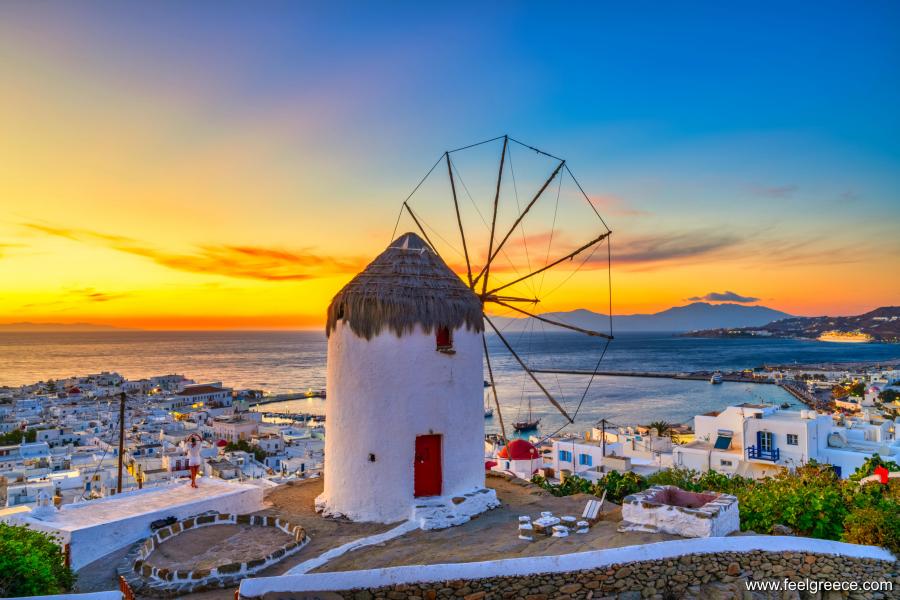
Mykonos is the most expensive Greek island where the prices for food and accommodation are significantly higher. Smaller inhabited islands also tend to be a bit more expensive in terms of accommodation because there is less choice and the average price per night is higher.
The larger the island is, the more options you have for both cheap and luxury stay.
Which are the cheapest Greek islands?
In high season you will hardly find a cheaper place but the islands of Limnos, Lesbos, Naxos and Crete can still offer more reasonable prices for accommodation in July and August. For lower hotel prices you can visit the islands in shoulder season, May-June and September-October.
Prices for food are practically equal everywhere in Greece for the same types of restaurants, especially street food which is a good option for those who wish to stay on a budget.
When is the best time to visit the Greek islands?
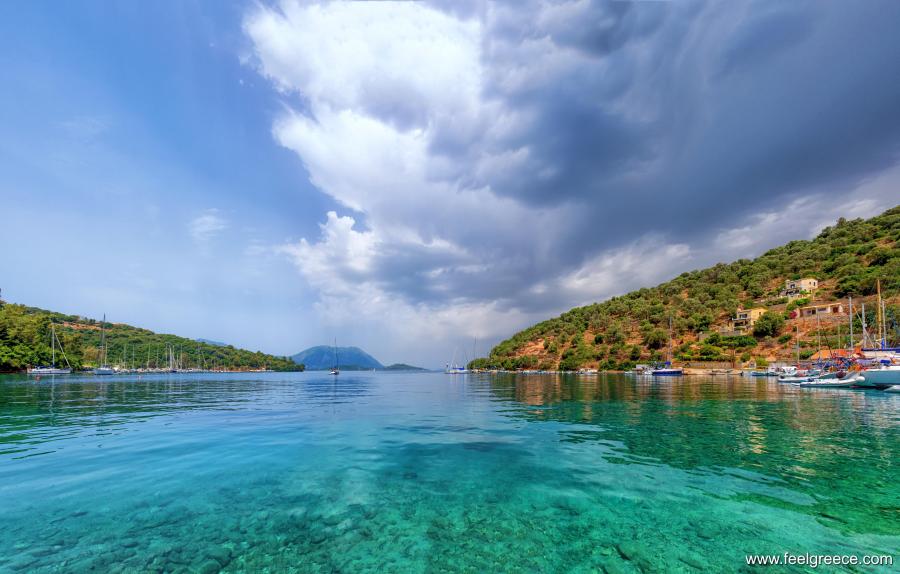
The Greek islands are summer destinations but this shouldn`t stop you from going out of season. However, be aware that in many islands most hotels and facilities are closed from October to April. If you decided to visit a Greek island in winter, choose Crete, Corfu or Rhodes, their capital towns attract visitors all year round.
Spring and autumn are also suitable periods and this is the time when you can enjoy the beauty of some very touristy places like Santorini.
Which are the Greek islands with the warmest sea water?
The sea water in Greece is warm enough for swimming roughly from May to October, as most people find it pleasant from middle June to September. However, the sea water temperature varies depending on underwater currents and sometimes beaches on one and the same island (or two neighbor islands) may have significant difference in water temperature.
The warmest beaches are usually those with the most shallow seabed but it doesn`t mean that deep beaches are cold - again, it depends on currents, winds and how hot the summer is. In some locations the sea tends to be always slightly warmer: the south coasts of Rhodes and Crete and the south beaches of Zakynthos and Kefalonia.
Which are the smallest inhabited Greek islands?
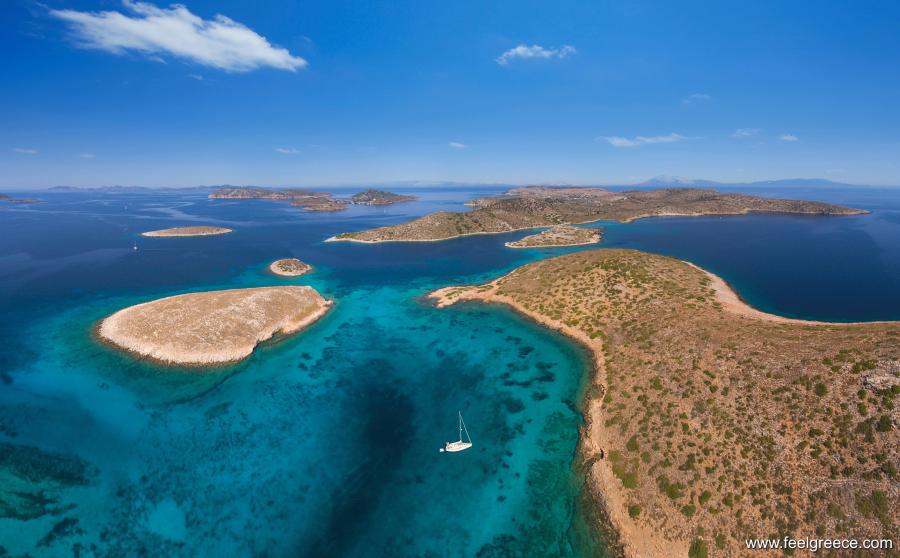
The smallest inhabited islands in the Ionian sea are Mathraki, Othonoi, Ereikoussa, Kastos and Antikythera.
In the Aegean sea such islands are Iraklia, Donoussa, Schinoussa, Koufonissia, Arki, Agathonissi. The island of Gavdos, which is the southernmost point of Europe, is also on this list.
Cannot yet decide which island to choose?
We known it`s challenging to choose among so many options. But we assure you that the more Greek islands you visit, the more you`ll be tempted to see new ones! Check the other guides about Greece and find the right place for you holiday.